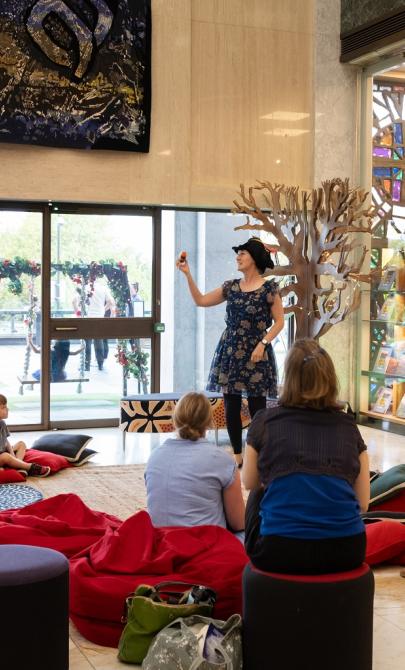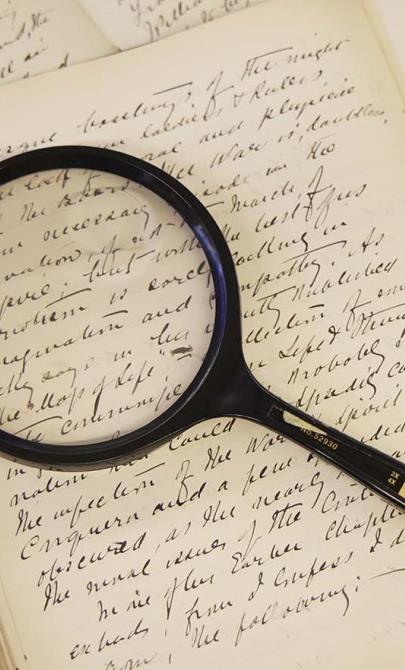Internment, World War 2 (1939-45)
About this module
Using an inquiry-based approach, this module develops students' skills as historians through engaging historical sources. Featuring sources from the National Library's collections, the resource caters for flexible approaches to suit diverse classroom contexts and learning styles.
A research tool used for this module was NLA Publishing's Captured Lives: Australia's Wartime Internment Camps by Peter Monteath.
Copyright for teachers
You can download all collection materials in this resource for education purposes. For more information, go to copyright for teachers.
Topics in this module
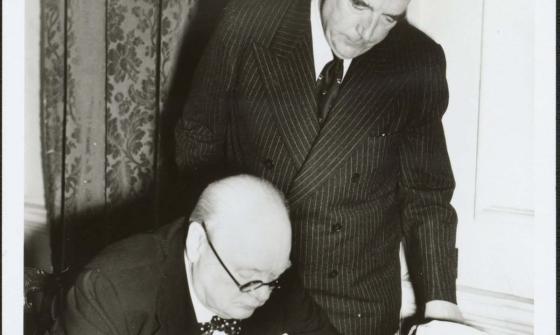
Portrait of Prime Ministers R.G. Menzies and Winston Churchill at Downing Street, London, 1941, nla.gov.au/nla.obj-137388175
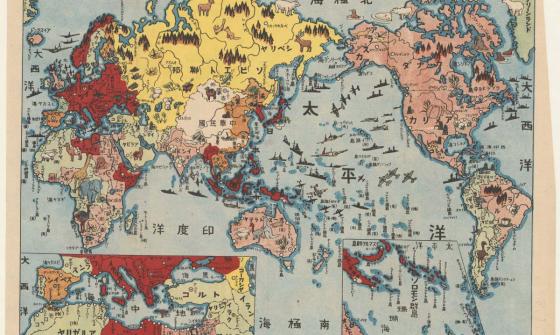
Japanese map of World War ll, 1942, nla.gov.au/nla.obj-234704475
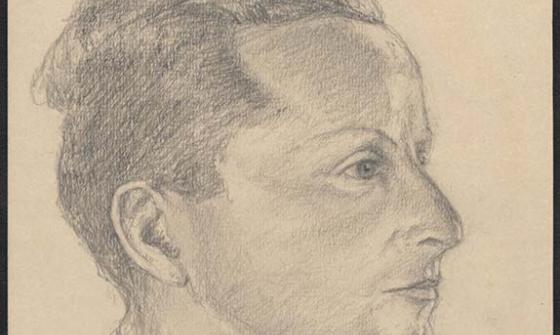
Theodor Engel, Study of a Dunera boy at Tatura, Victoria, 1943, nla.gov.au/nla.obj-152997802
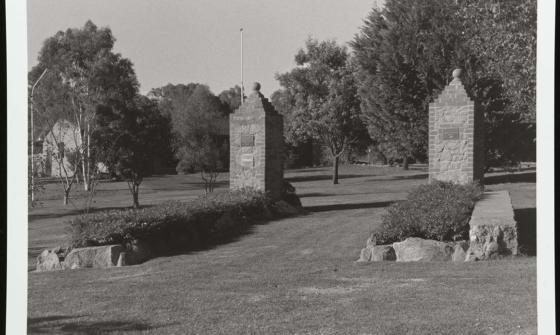
Brendon Kelson, Garrison Gates Memorial (former entrance to POW camp), Binni Creek Road, Cowra, 1996, nla.gov.au/nla.obj-143115748
Introductory activities
These activities are designed to help students build a shared understanding of life in Australia during World War II before engaging with specific collection items.
Activity 1: A small town at war
Explore how war affected everyday life in Australian towns using historical photographs as inspiration.
- Introduce students to Jim Fitzpatrick’s photographs of Drouin, Victoria—taken during World War II for the Department of Information.
- These images document daily life and highlight traditional Australian values during the war.
- View the Drouin picture collection. For additional context, read the accompanying essay.
- Have students use Trove and their local or state library collections to locate digitised images of their own region during World War II.
- Ask students to:
- Compile a selection of documentary photographs
- Consider how these local images compare with the Drouin series
- Discuss what the images suggest about life on the home front
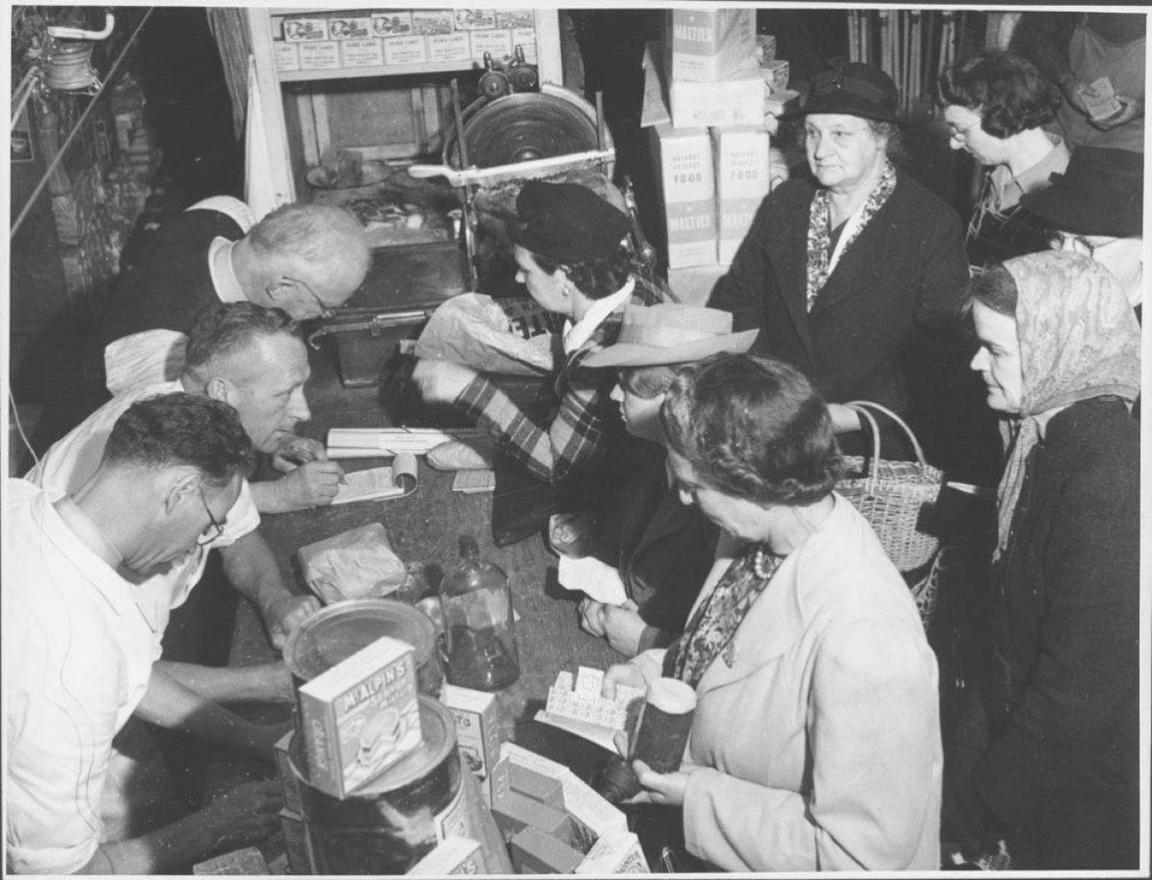
Jim Fitzpatrick and Australia. Department of Information, Women shopping with coupons during world War II in Drouin, Victoria, 1944, nla.gov.au/nla.obj-147034167
Jim Fitzpatrick and Australia. Department of Information, Women shopping with coupons during world War II in Drouin, Victoria, 1944, nla.gov.au/nla.obj-147034167
Concluding activities
These activities help students reflect on the diverse experiences of World War II, including internment and remembrance.
Activity 2: Explore internment and prisoner experiences
Use personal stories and international comparisons to deepen understanding of wartime policies and experiences.
- View Theodor Engel’s sketches from the Dunera topic and discuss what they reveal about life in internment.
- Research internment policies in other Allied countries.
- What were the key similarities or differences with Australia's policies?
- How did these countries treat prisoners and internees compared to Axis powers?
- Investigate where Australian soldiers were held as prisoners during the war.
- What were their conditions like?
- How were they treated?
Activity 2: Remembering Cowra
Use oral histories to explore the impact of the Cowra breakout on local communities.
- Search the catalogue for oral history interviews with people from Cowra and nearby areas.
- These recordings include first-hand accounts of the breakout and its legacy.
- Ask students to:
- Listen to one or more interviews
- Summarise what they learned about the event
- Reflect on how personal memory adds to our understanding of history
Note: Some recordings may contain culturally inappropriate language or distressing content. These are the original words of the interviewees and do not reflect the views of the National Library of Australia.
Curriculum links
This resource has been developed to support the Australian Curriculum: History Depth Study ‘World War II (1939-45)’ for Year 10 students.
- The causes, outbreak and course of the Second World War and the significance of Australian involvement (AC9HH10K01)
- The places where Australians fought, and their perspectives and experiences during the Second World War, such as the fall of Singapore, prisoners of war (POWs), the Battle of Britain and Kokoda (AC9HH10K02)
- The significant events and turning points of the Second World War, including the Holocaust and use of the atomic bomb (AC9HH10K03)
- The effects of the Second World War, with a particular emphasis on the continuities and changes on the Australian home front, such as the changing roles of women and First Nations Australians, and the use of wartime government controls (AC9HH10K04)
- The significance of the Second World War to Australia’s immediate post-war economic, political and social development, and Australia’s international relationships in the 20th century (AC9HH10K05)
- The commemoration of the Second World War, including different historical interpretations and debates (AC9HH10K06)

